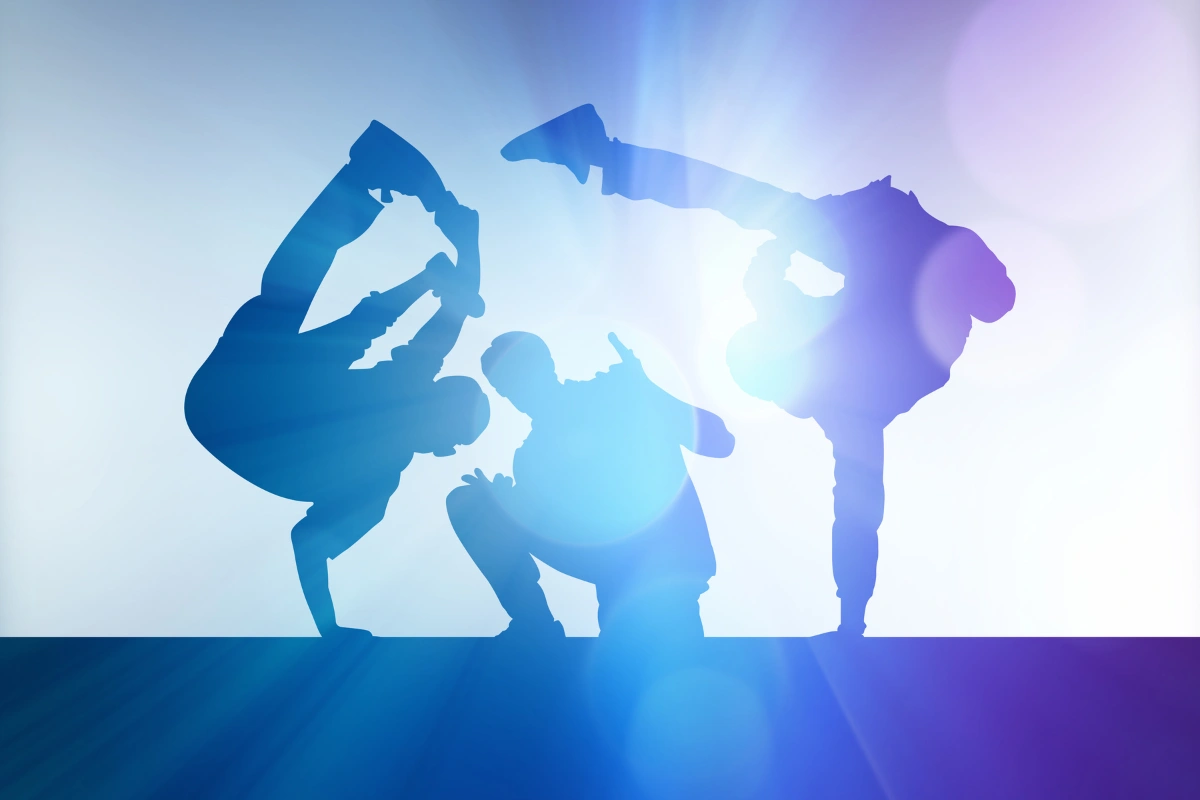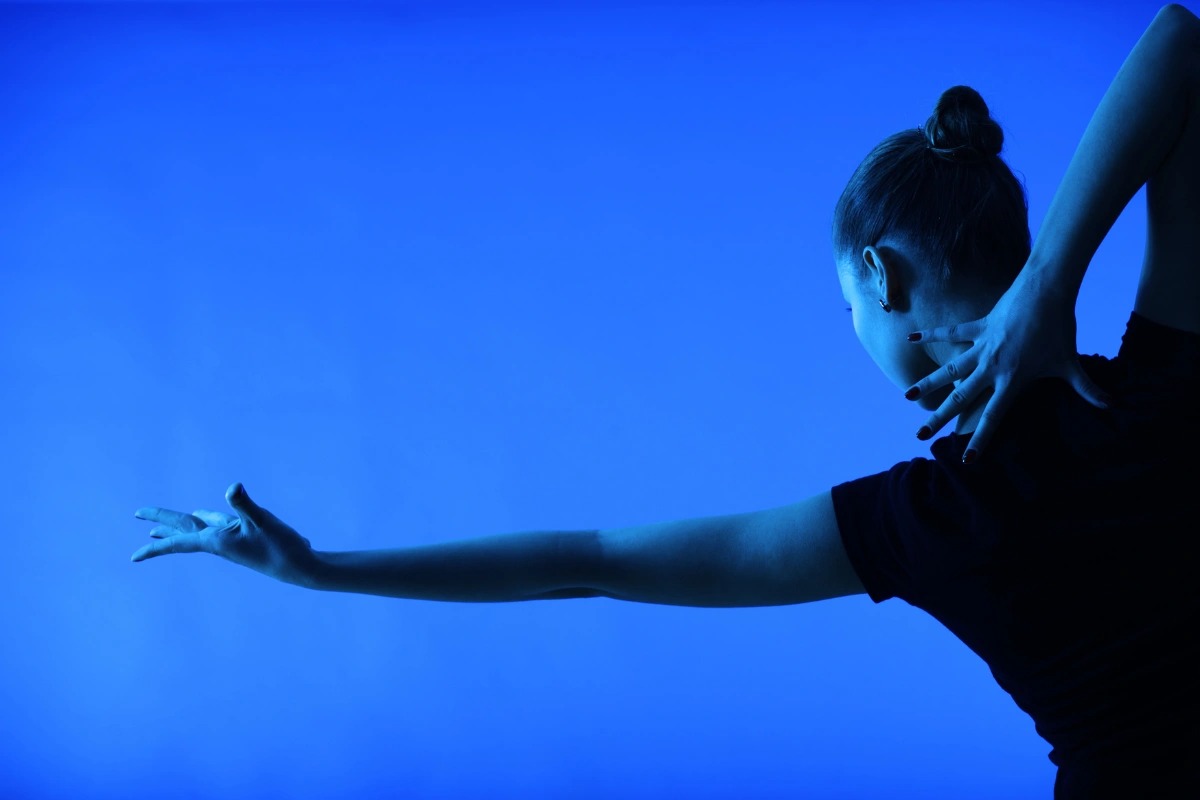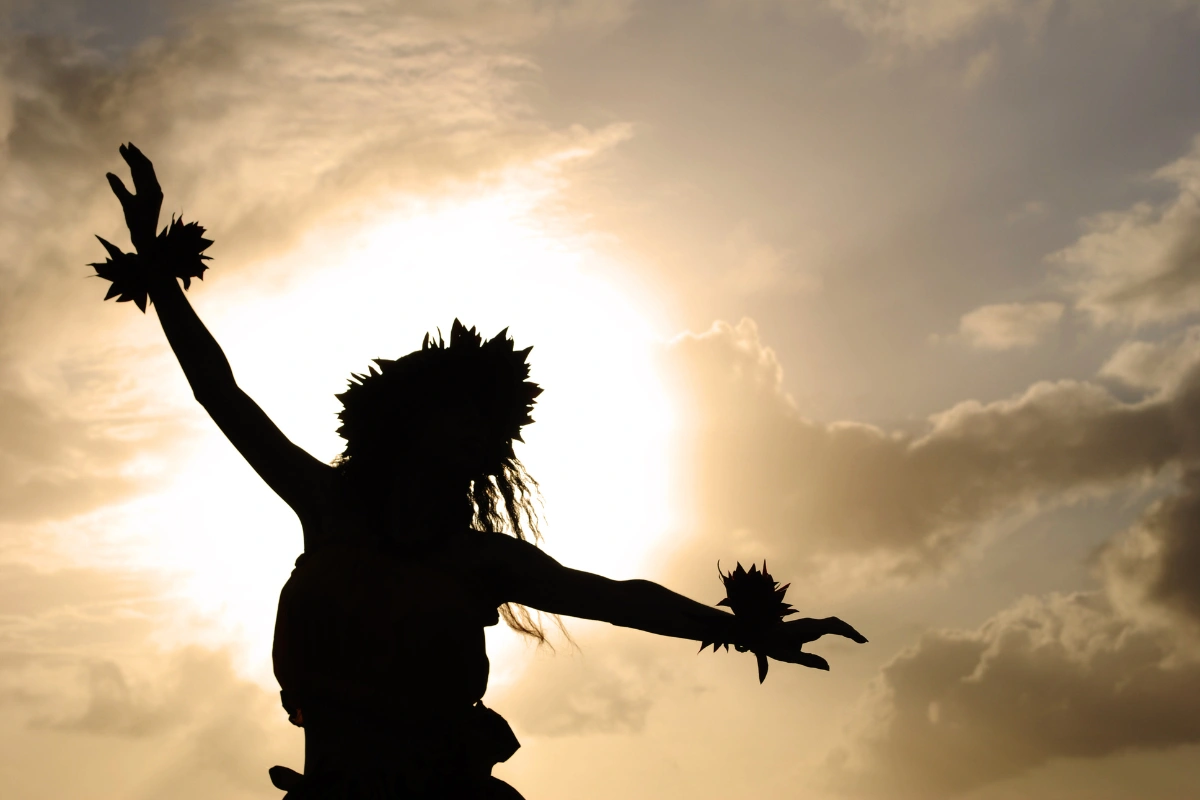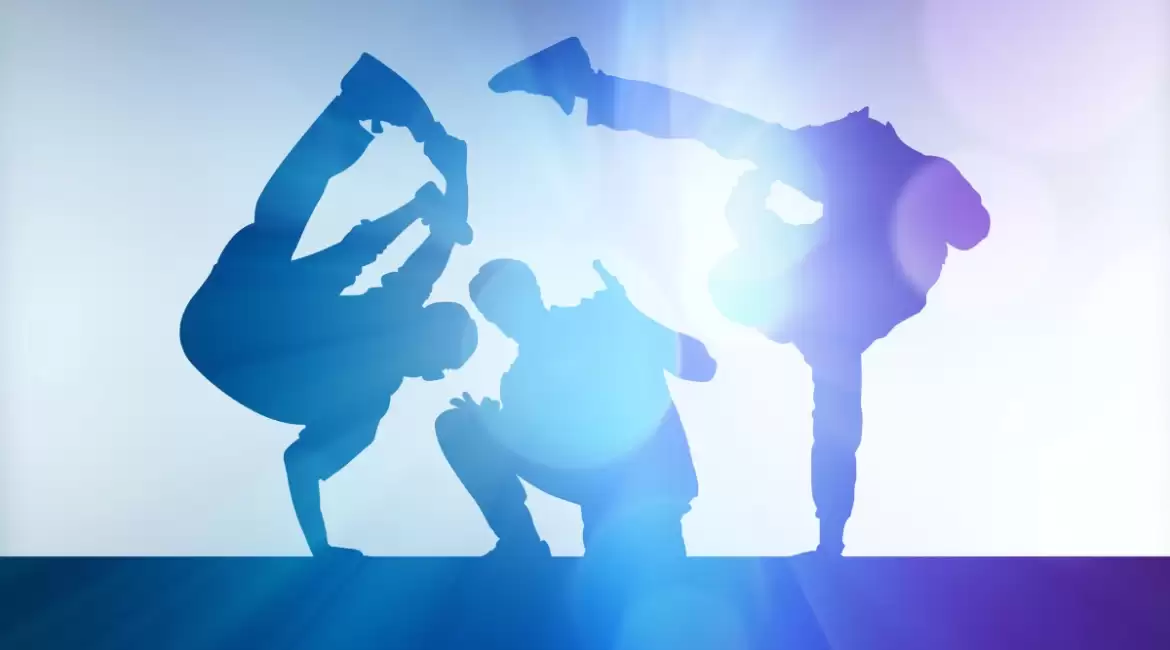Dance is a multifaceted art form that demands not only technical proficiency but also an unwavering commitment to precision and clarity of movement. Whether you’re a seasoned performer or a novice enthusiast, the quest to refine your skills and elevate your artistry is a journey filled with challenges and triumphs. In the pursuit of excellence, one aspect reigns supreme: cleanliness. A cleaner dancer possesses the ability to execute movements with meticulous attention to detail, fluidity, and intentionality, captivating audiences with the sheer clarity and precision of their performances.
But what exactly does it mean to be a cleaner dancer? How does one cultivate the discipline and technique necessary to achieve such proficiency? This guide aims to unravel the intricacies of cleanliness in dance, offering insights, strategies, and practical tips to help you embark on a transformative journey toward precision and mastery.
Developing body awareness
In the pursuit of mastering the art of dance, cultivating a profound sense of bodily awareness is paramount. This awareness enables dancers to intricately replicate the envisioned movements depicted by choreographers or fellow dancers. It involves maintaining a constant understanding of the positioning of every limb, right down to the delicate placement of one’s fingertips.
A crucial aspect of this process is the ability to step back and observe one’s own body, scrutinizing its alignment and actions in comparison to the desired outcome. Questions such as the alignment of one’s toes, the positioning of fingers, and the tension in shoulders become focal points. Utilizing a mirror becomes an invaluable tool, aiding dancers in meticulously aligning their movements with the intended choreography or refining the visual aesthetics they seek to achieve.

Developing body awareness
Achieving the status of a polished dancer entails honing a heightened sense of bodily awareness, a skill indispensable for accurately replicating the visual imagery crafted by choreographers or fellow dancers. It demands an acute awareness of the precise placement of each body part, extending to the meticulous positioning of one’s fingertips.
Integral to this process is the practice of stepping back and critically observing one’s own body in motion, evaluating its alignment and actions in relation to the intended choreography. Questions pertaining to the orientation of toes, the configuration of fingers, and the level of tension in shoulders become focal points of examination. The incorporation of reflective practices, such as utilizing mirrors, facilitates the refinement of movements to emulate the choreographer’s vision or to articulate a desired aesthetic.
Moreover, dancers are encouraged to internalize foundational principles, such as the utilization of 45 and 90 degree angles, into their muscle memory with expediency. Assimilating these fundamental concepts expeditiously enables dancers to allocate cognitive resources towards refining other nuances inherent in each movement. Consequently, when the time for refinement arrives, dancers possess a solid foundation, reducing the frequency of necessary corrections and allowing for a more streamlined polishing process.
Using your muscles
The utilization of muscular engagement in dance is pivotal for achieving a polished and controlled aesthetic. When limbs or any other body parts lack tone and appear limp, the overall execution of movements can appear disorganized and untidy. Hence, it becomes imperative to harness the power of one’s muscles effectively.

Imagine your muscles as the brakes that enable you to halt your movements precisely when needed, akin to freezing a frame in time. Strategic tensioning of muscles at the appropriate moments serves as a mechanism to accentuate key poses or “pictures” within a choreographic sequence. An effective approach involves undertaking targeted exercises wherein dancers deliberately contract specific muscle groups at the junctures corresponding to these pivotal poses. This practice not only aids in the development of muscle memory but also facilitates the refinement of movement execution.
Furthermore, the cultivation of well-developed musculature directly correlates with enhanced control over one’s movement repertoire. As muscles become stronger and more defined, dancers gain greater mastery over the subtleties of their physicality, allowing for heightened precision and fluidity in their performances.
Defining your path of movement
Achieving a heightened level of clarity and precision in dance requires meticulous consideration of the trajectory and flow of each movement. Analogous to navigating through various routes on Google Maps, where multiple pathways lead from point A to point B, dancers must discern and refine the specific path their movements traverse. While all routes may ultimately lead to the desired destination, each presents distinct characteristics and nuances.
When grappling with the intricacies of choreography and experiencing uncertainty regarding its execution, it becomes imperative to scrutinize the trajectory of one’s movements. Just as one would examine the route suggested by a map for efficiency and accuracy, dancers should analyze the pathways their movements follow within the choreographic sequence.
By delving into the intricacies of movement pathways, dancers can uncover opportunities for refinement and enhancement. This may involve adjusting the arc of a gesture, refining the spatial dynamics of a sequence, or fine-tuning the transitions between movements to optimize fluidity and coherence.
Furthermore, an awareness of movement pathways fosters a deeper understanding of choreographic intent and artistic expression. By consciously shaping the trajectory of each movement, dancers can imbue their performances with intentionality and narrative coherence, elevating the overall impact and resonance of their artistic interpretation.
Learning to control your speed
The ability to manipulate timing with precision can dramatically elevate the cleanliness and effectiveness of your dance performance. Whether executing movements with deliberate slowness or lightning-fast agility, maintaining clarity and control is paramount for conveying artistic expression seamlessly. Achieving this level of mastery begins with the disciplined practice of controlling speed at varying tempos.
Starting with slow, deliberate movements lays the foundation for immaculate execution at faster speeds. If a dancer cannot perform a sequence flawlessly at a fraction of its intended tempo, it becomes improbable to execute it with accuracy and finesse at full speed. Therefore, initiating the learning process at a slower pace is essential.
Personally, I find value in methodically dissecting a piece of choreography, rehearsing it at a slow tempo to refine the intricacies of each movement. This deliberate approach allows for a deeper understanding of the physical sensations associated with each gesture, enabling me to internalize the desired aesthetic and alignment. Gradually increasing the tempo in incremental stages ensures a smooth transition to executing the choreography at its intended speed.
This practice is particularly beneficial when preparing for group performances or auditions, where synchronicity and precision are paramount. By honing control over speed, dancers can synchronize their movements seamlessly, elevating the overall impact and cohesion of group performances.
For those eager to delve deeper into the realm of dance technique, exploring fundamentals of popping animation presents an exciting avenue for growth. Incorporating popping techniques not only enhances control over speed and timing but also adds dynamic flair and texture to movement vocabulary.

Training for solid footwork
In the realm of choreography and various hip-hop styles, cultivating a strong foundation in footwork is paramount to maintaining stability and balance throughout your movements. Just as a sturdy tree requires robust roots to withstand external forces, your feet and legs serve as the anchor that keeps you grounded while dancing.
Imagine trying to execute intricate dance sequences while teetering or wobbling precariously. The lack of stability not only compromises the aesthetic integrity of your performance but also inhibits your ability to execute subsequent moves with precision and confidence. Like a chain reaction, instability in footwork can reverberate through your entire dance repertoire, undermining your overall proficiency.
As the adage goes, “Don’t skip leg day.” This mantra holds true in the world of dance, emphasizing the importance of dedicating time and effort to strengthening the muscles and enhancing the coordination of your lower body. By prioritizing exercises that target the development of footwork fundamentals, dancers can fortify their connection to the ground, thereby enhancing stability and facilitating fluid movement execution.
Maintaining a grounded stance and cultivating balance not only enhances the technical prowess of dancers but also amplifies the expressiveness and dynamism of their performances. When dancers feel secure and rooted in their movements, they are better equipped to convey emotion, narrative, and artistic intention with clarity and authenticity.
Summary
“How to be a cleaner dancer” is a comprehensive resource designed to help dancers of all levels enhance their technique and artistry through the cultivation of cleanliness in movement. The guide explores the fundamental principles of cleanliness in dance, emphasizing the importance of body awareness, control, timing, and rhythm.
Each chapter delves into specific aspects of cleanliness, providing practical insights and actionable strategies for dancers to incorporate into their practice. From developing a keen sense of body awareness to mastering the subtleties of timing and rhythm, the guide offers step-by-step guidance to help dancers refine their skills and elevate their performances.
With a focus on precision, clarity, and intentionality, “Striving for Precision” empowers dancers to unlock their full potential and transform their dance journey into a pursuit of excellence. Whether you’re a seasoned performer or a novice enthusiast, this guide serves as a roadmap to help you achieve greater mastery and artistry in your dance practice.


Leave a reply